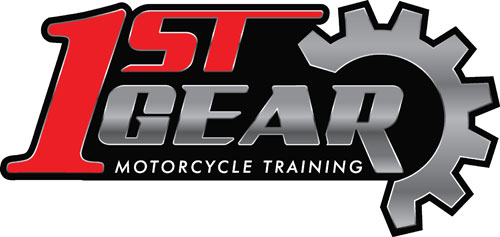Most riders experience it at some point or another during their years of riding—that hiatus that happens either from an extremely cold winter, an accident, a motorcycle that doesn’t run, or just simple neglect. Whatever the reason, if you now want to be back on two wheels again after a too-long hiatus, here’s what you need to know to make that happen as painlessly as possible.
1. Give it time
It takes time to get back into motorcycle riding. After a winter break from riding, your skills will be rusty. ‘If you don’t use it, you lose it’ works for riding as much as it does for other skills in life. In fact, I need a few good rides or a track day to get back into my usual form after a long break. Multiply that fact by the number of years you have not ridden and you may very well feel like you’ve never ridden before.
If it has indeed been several years since you’ve ridden (or has felt like it, at least), don’t worry, you won’t forget the basics. However, the feel and technique of great riding skills takes time to build—or re-build. Depending on your location, you might have to adjust to new world of riding. Since North America has more cars/trucks on the road than motorcyclists, you might need to adopt a completely new strategy when you begin riding again. There are elements that will affect your riding experience that you will have to consider: average speeds are higher; roads are busier; and driver distractions increase every year, especially with the introduction of new wireless devices or on-board computers in cars.
2. Consider a new bike
The technology available on bikes changes constantly, making the riding experience safer, more
comfortable, and more intuitive with each new production line. In many cases, a newer bike will be easier to ride than a much older one. What this means is that a new motorcycle will likely be more capable, more powerful, and safer than your last one.
This is where taking a motorcycle safety course can ensure your safety for the rest of your life. While you will certainly benefit from a one-day refresher course, the best value is the full course. In a full motorcycle safety course, you will re-learn along with new riders and potentially learn new concepts that just didn’t exist when you were riding in the past. In fact, there may not have been motorcycle safety courses at all available when you learned to ride!
3. Take it slow
A big part of learning (or re-learning) to ride is riding your motorcycle slowly. It is much easier to ride a motorcycle at speed. Momentum is on your side, as the motorcycle feels light and responsive. The road is yours. When things slow down to parking lot speeds, the motorcycle will feel very heavy and will want to tip over where ever the weight is leaning. It takes riders time to master good balance. Gas stations are popular places to dump your bike and it can be embarrassing when it happens. Taking the time to manoeuvre your motorcycle at low speeds greatly increases your chances of keeping your motorcycle upright. There are several ways to ride your motorcycle at 5kmh or slower. Some techniques involve feathering the clutch, while others involve riding the rear brake. If you can master the slow ride, your fast ride will be even better.
4. Invest in yourself
None of us wants to get hurt in a motorcycle accident. The physical and mental impact can be significant, affecting both you and your family for long periods. Taking the time to relearn a skill and learn new skills decreases your odds of something going wrong. The small investment of time and money to take a motorcycle safety course will give you confidence you need to be the best rider you can be. Along with that confidence will be the peace of mind that you made the right decision—no one regrets taking a motorcycle safety course.
